USA and Canada
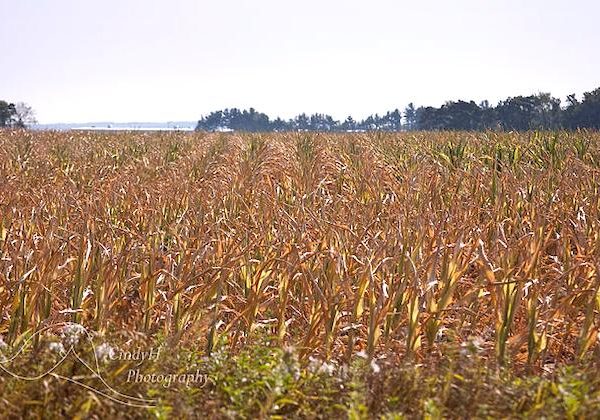
Canadian farmers face canola, wheat crop failure
Manitoba Manitoba: Canada’s canola and wheat crops are facing failure as farmers suffer from continuous drought.
The most important Canadian rapeseed crops used in the production of cooking oils and animal feeds mature weeks early due to the extreme heat witnessed in the region. Early crops may not produce pods containing small dark seeds crushed for oil.
The Canadian prairie grows more canola than any other part of the world.
Farmer Andy Keane fears that only 20 percent of regular rapeseed crops can be harvested.
“My canola is hanging on a thread,” said Keane, 42, as Reuters reported.
Read More…
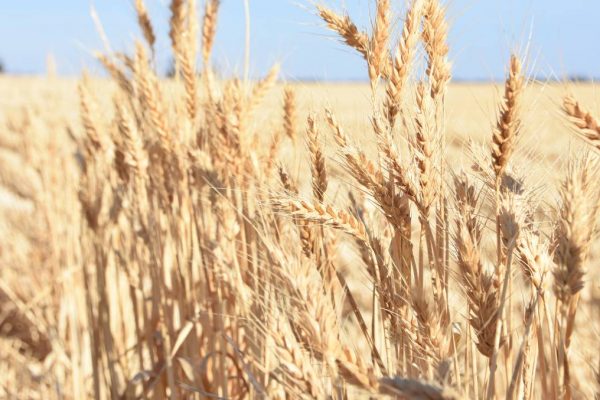
Not all bad news for US wheat
WHILE the focus has been on the poor crop in the Pacific Northwest and the declining conditions in the Dakotas, the wheat crop in the US is not all poor.
In a recent update US Wheat Associates market analyst Michael Anderson said the soft red winter wheat (SRW) crop, grown primarily in the east of the country’s major grain growing belt was looking good after receiving timely rainfall and a mild growing season.
Mr Anderson said the crop was on track for good yields, with the percentage of SRW crops rated in good to excellent condition 50 per cent in Arkansas, 49pc in Missouri, 74pc in Illinois, 78pc in Indiana and 74pc in Ohio.
Read More
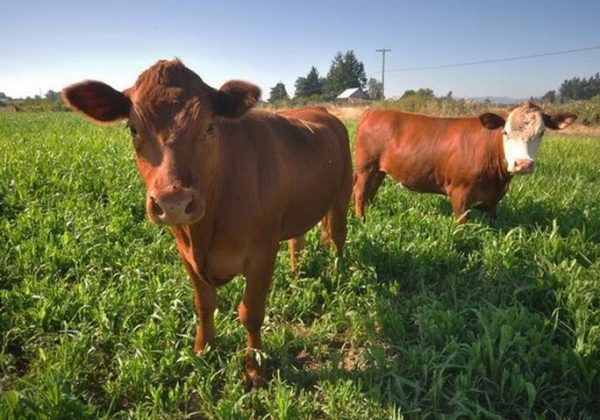
USDA announces changes to cover crop harvest rules
WASHINGTON — Agricultural producers with crop insurance can hay, graze or chop cover crops for silage, haylage or baleage at any time and still receive 100% of the prevented planting payment, the U.S. Department of Agriculture announced on Tuesday, July 6.
Previously, cover crops could only be hayed, grazed or chopped after Nov. 1; if they were used earlier the prevented planting payment was reduced by 65%.
The U.S. Department of Agriculture’s Risk Management Agency added this flexibility as part of a broader effort to encourage producers to use cover crops, an important conservation and good farming practice. Cover crops are especially important on fields prevented from planting as they help reduce soil erosion and boost soil health.
Read More…
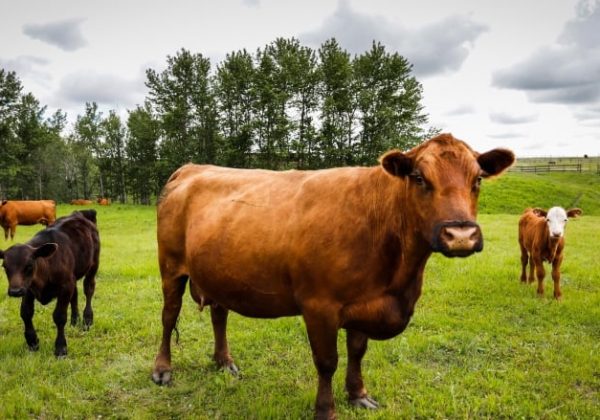
Shortage of slaughterhouse space costing meat buyers, farmers alike
Cattle farmers in the Ottawa Valley say a bottleneck at Ontario abattoirs is driving beef prices up and their own profits down.
Limited availability in abattoirs is a longstanding problem in the region, but COVID-19 outbreaks and shutdowns at meat processing plants throughout the pandemic have brought the situation to a head.
“The best way to describe it is that the province has allowed … monopolies on the larger slaughter plants,” said Joe Wilson, president of Ottawa Beef Farmers.
“And with the COVID-19 issue, those slaughter plants had to be closed down a couple of times in the last few months because they can’t keep staff in the buildings. So that kill space isn’t there to supply the demand.”
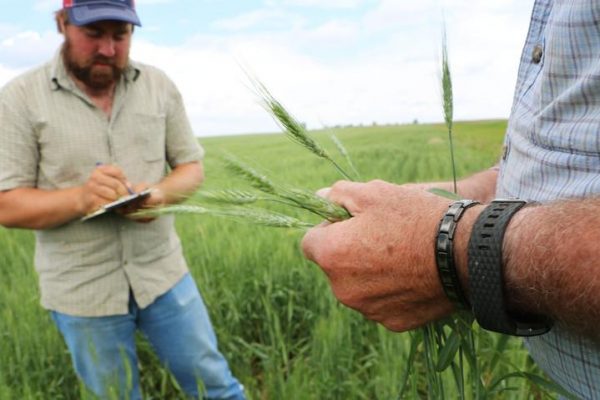
Kiwifruit grower Seeka invests in agritech business Fruitometry
As National Agricultural Statistics Service weekly reports show deepening drought, a Florence, S.D., crop insurance adjuster explains how his yield assessments of oat and wheat crops in northeast South Dakota are allowing drought-struck farmers to decide whether to cut small grains for feed forage or take them to harvest — often with a reduced expected grain yield due to the drought. Includes weekly NASS summary from South Dakota, North Dakota, Minnesota and Montana.
With a general drought with occasional rains, crop insurance clients were weighing whether to keep cereal crops for a reduced grain crop, or whether they’re likely to make more money taking it for a forage.
Read more…
New Zealand

Kiwifruit grower Seeka invests in agritech business Fruitometry
New Zealand’s largest kiwifruit grower, Seeka, has made a $2.6 million investment in agritech business Fruitometry.
Seeka announced the investment on the New Zealand Stock Exchange on Friday morning.
Fruitometry provides digital services to orchardists and pack houses using artificial intelligence, which can estimate the volume of a fruit crop by scanning orchards.
It could measure the amount and the growth of fruit row by row throughout the growing season, Seeka said.
Read More here…
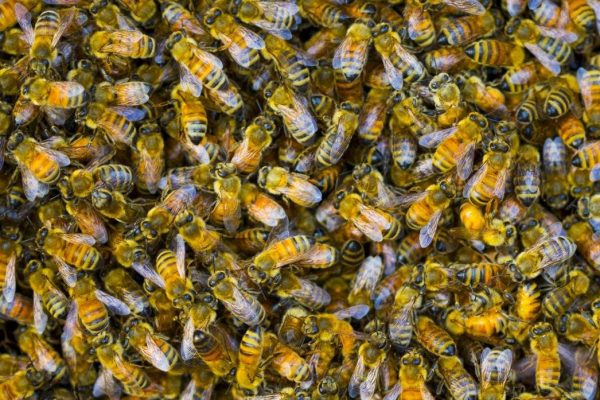
The ‘cut-throat’ industry of New Zealand beekeeping
A veteran beekeeper has barely made enough profit as he watches prices of New Zealand honey continue to plummet.
John Berry, a third generation Hawke’s Bay apiarist, with more than 50 years experience with bees, has had an “OK” season, but is doubtful he’ll make a profit this year from clover or bush honey.
Unlike the rest of the world, New Zealand doesn’t have a bee shortage. In fact, it has too many bees. But as the mānuka industry continues to boom, other beekeepers face fierce competition, varroa and wasp invasions.
Berry said he knew of beekeepers in Hawke’s Bay and across the North Island who simply abandoned their hives, as they couldn’t afford their upkeep.
Read More here…
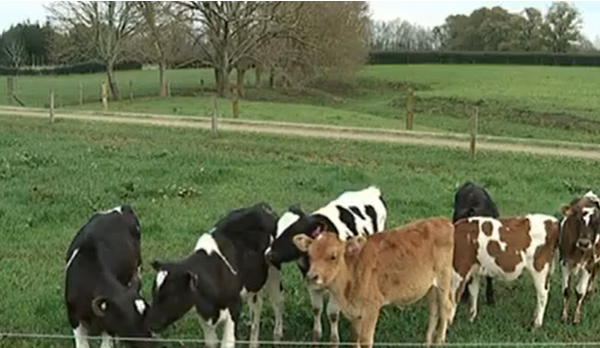
Kiwi company breeds team of Jersey bulls designed for hot climates in world first
A New Zealand company is helping boost milk production in some of the world’s hottest nations with a world-first team of Jersey bulls bred to be more tolerant to heat.
The dominant slick gene makes hair shorter, wetter and shinier than other breeds and keeps cows 1-degree cooler.
“The slick gene will give a Jersey cow the ability to expel that heat easier and that translates into still being able to eat and turn that food into milk,” says Thermo Regulatory Genetics CEO Derek Fairweather.
Read more here…
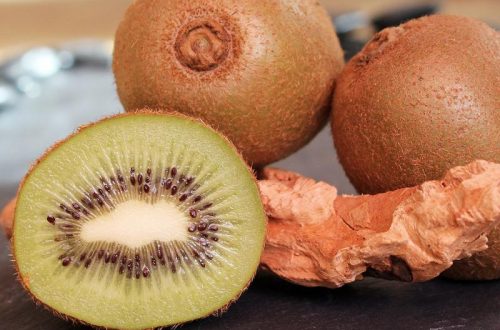
Zespri’s Approach to Unlicensed Kiwifruit Falls Through
On July 2, New Zealand’s kiwifruit industry announced the voting results of a proposition to commercialize SunGold (Gold3) kiwifruit grown without authorization in China. The final results showed that 70.5% of growers supported the primary resolution to conduct a one-year orchard monitoring, procurement, and sales and marketing trial of the kiwifruit.
Despite this high level of support, a 75% threshold was needed for the proposition to pass under New Zealand’s Kiwifruit Export Regulations. However, the vote still indicates widespread support for the cooperative proposal among New Zealand’s kiwifruit growers.
New Zealand’s kiwifruit industry regulatory body, Kiwifruit New Zealand, oversaw the process of obtaining votes from growers for regulatory approval of the proposition.

Greenpeace pushes for lower groundwater nitrate level
Greenpeace is urging regional councils to lower the limit of allowable nitrates in groundwater, which they say poses a cancer risk.
Water testing of locals’ bore water found Mid-Canterbury’s water was “loaded” with nitrate contamination, according to the group.
The current limit in New Zealand follows the World Health Organization guidelines, for 11.3mg per litre of water.
But Greenpeace campaigner Steve Abel said recent studies show an increased bowel cancer risk when nitrates are above 1 milligram per litre, and an increased risk of pre-term birth.
The environmental group offered free water testing in Ashburton and tested over 100 samples.
Read More here…
Australia
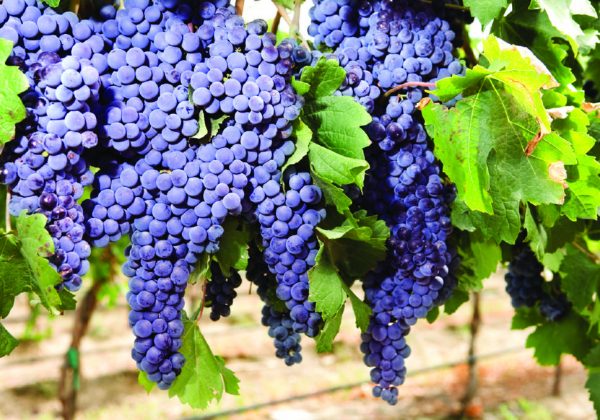
Wine Australia announces record vintages for 2021
AUSTRALIA has achieved a record vintage, with the national wine grape crop reaching 2.03 million tonnes for 2021.
But, unlike the usual situation in agriculture, this record crop has also been met with an increase in prices – now the highest in 13 years.
The Wine Australia National Vintage Report 2021, released today, showed there was a significant increase in the crush in all wine-growing states, driven by “near perfect growing and ripening conditions across most states and regions”.
It follows on from two years of low vintages, with the 2021 crush up 31 per cent on 2020, and 19pc above the 2019 vintage. It is also 17pc higher than the 10-year average.
Read more here…
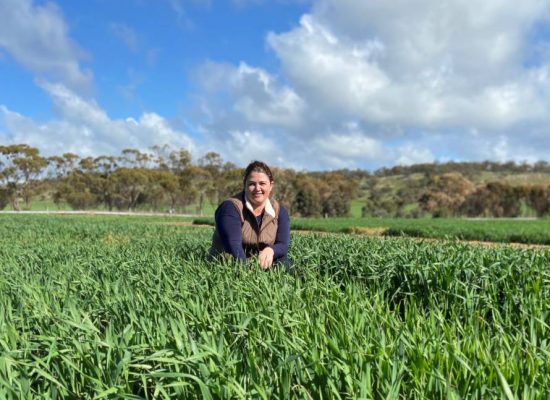
Producers aim for nitrogen sweet spot
EXPORT oaten hay growers should be mindful of their crop’s nitrogen sweet spot as seasonal conditions indicate good yield potential.
Department of Primary Industries and Regional Development (DPIRD) researcher Georgie Troup said nitrogen decisions made now would influence oaten hay quality.
There was a consistent relationship between increasing nitrogen and decreasing quality.
Research from the National Hay Agronomy Project in 2019 and 2020 demonstrated the ideal application of nitrogen fertiliser to strike a balance between quality and quantity was 60 to 90 kilograms of nitrogen per hectare in the eight tonne per hectare production zone.
Read more here…
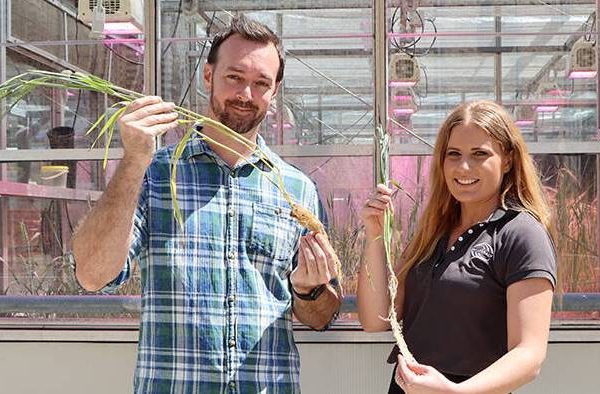
Unlocking valuable barley root secrets from the air
IN ORDER to unlock the secrets of what is happening underground in barley crops researchers are taking to the sky.
A joint project between the University of Queensland, Australian National University and barley breeders Intergrain will look at the best method of improving barley root architecture with a view to improving yield stability, particularly in dry years.
UQ associate professor Lee Hickey is leading the study and said that it was important to understand more of what happens in the soil to potentially figure out processes that could lead to yield gains.
“For a century, plant breeders have focused on what happens above the ground in terms of adapting crops to diverse production environments,” Dr Hickey said.
Read more here…
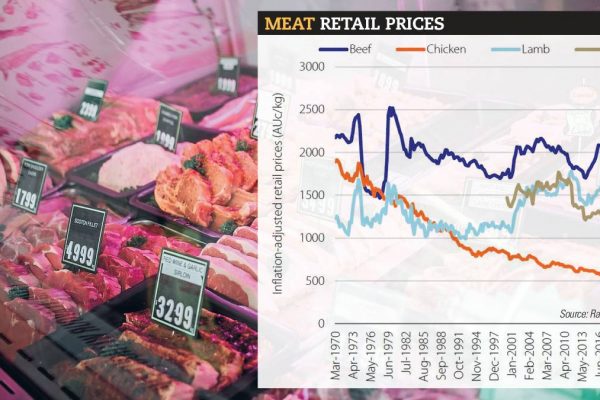
Rising beef retail prices fails to curtail at-home demand
BEEF retail prices are now very close to an all-time high but still at-home consumption continues to grow.
While some analysts, and butchers, believe prices can not go higher without significant consumer backlash, there appears to be little to support the likelihood of the cost of steaks and mince easing in the near future.
In fact, at a time of skyrocketing cattle prices and strong global demand for Australian beef, processors say domestic consumers have been shielded from far higher prices due to the need to retain abattoir workforces.
Rabobank calculations from quarter one Consumer Price Index figures for Australia show that the average Australian retail price for beef was $23.87 a kilogram.
Read more here…
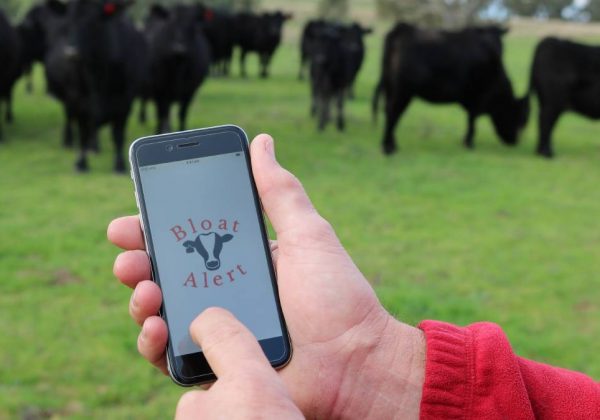
Early warning on bloat, thanks to new app
Beef producers have a new tool to help in the management of bloat, with a free app providing an early warning system of cases in their area.
The Bloat Alert app has been developed as part of Charles Sturt University research into bloat in southern beef production systems and is available for iPhone users from the App Store.
Research leader, Charles Sturt Professor Bruce Allworth said beef producers can use the app to report cases which will then alert other producers that bloat is occurring in the area.
“Knowing that bloat is occurring locally gives producers a heads-up that they need to check their cattle and possibly initiate or increase preventive measures,” Professor Allworth said.
Read more here…
South America

Argentine grain industry says government dredging bill raises export costs
RIO DE JANEIRO, BRAZIL – The costs of Argentina’s grain exports would increase under a new government bill in which ships would pay tolls to the state rather than to the company dredging the Paraná River, industry members said Monday.
The Argentine government disagrees, saying the proposal is in fact intended to lower logistical costs while increasing the country’s agricultural production.
This is the latest chapter in a long-running saga of Argentine farmers and exporters opposing government interventions in the sector. Dredging the waterway is considered an advantage for the country over rivals Brazil and the United States, which rely on less efficient trucks and barges.
Read More here…
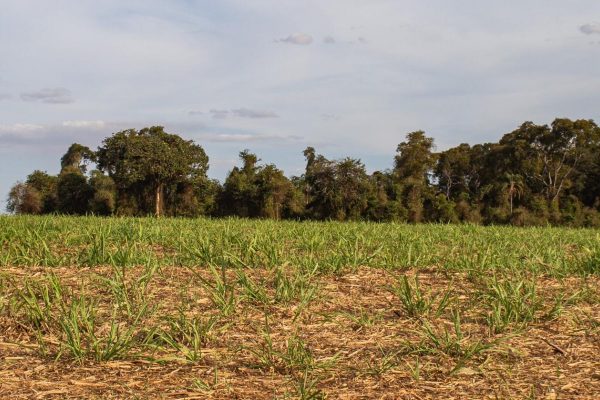
More on that corn-killing frost in Brazil
A three-day frost that took place last week in the South Western states of Brazil in Parana, Mato Grosso do Sul, Sao Paulo, Brazil, as well as Paraguay, are leading to lower corn yield projections.
Yield losses directly related to the frost are difficult to estimate, but according to Corteva, corn plants are extremely sensitive to frost, depending upon what stage they are in. Yield loss can reach as high as 66% in R4 stage. Most corn in Parana was in the R5.5 stage, where yield loss could reach 10%. Corn needs to reach R6 before it can withstand damage from frost.
Based on last season’s safrinha corn crop, 43% percent of the corn originated in Mato Grosso. This year will be over 50% as Mato Grosso has avoided most of the dry weather (but not all of it).
Read More here

Rural producers stage protest against Argentine government policies
A massive demonstration by Argentine rural producers convened Friday in the town of San Nicolás de Los Arroyos in the province of Buenos Aires to celebrate Independence Day and express their disapproval of the policies undertaken by the administration of President Alberto Fernández.
Although no political party was supposed o be behind the mobilization, former Security Minister under Mauricio Macri and current PRO chairwoman Patricia Bullrich staged a much-criticized appearance after arriving on horseback.
Carrying Argentine flags and banners, thousands of agricultural producers gathered at kilometre 228 of Route 9 (Buenos Aires Rosario) under the motto “Citizens mobilized in defence of production, work and education.”
Read more here
Food Updates

Why we’re moving towards healthier ice cream
Read more here…

Majority of Brits don’t know calorie content of their drink claims research
New research from the Alcohol Health Alliance has revealed a distinct lack of knowledge among British consumers around nutritional and health guidelines when it comes to alcoholic drinks.
Health experts are calling for better alcohol labelling as new research from the Alcohol Health Alliance suggests that most of the public do not know the nutritional information of popular alcoholic drinks. The research also showed that the majority of Brits do not know the Chief Medical Officers’ (CMO) drinking guidelines and were unlikely to look beyond the label in order to find health information on alcohol.
A new poll from YouGov asked the public to estimate how many calories were in a number of popular drinks.
Read more here…

Healthier foods three times more expensive than unhealthy options
The Food Foundation’s Broken Plate report has revealed some alarming gaps between rich and poor households when it comes to the quality and nutritional value of the food they are consuming, while some campaign groups are already calling for more legislation for unhealthy foods.
Healthier foods are nearly three times more expensive calorie for calorie than less healthy foods. That’s according to the Food Foundation’s Broken Plate 2021 report, which has revealed some large disparities between rich and poor communities when it comes to nutrition in the UK.
According to the report, the poorest fifth of UK households would need to spend 40 percent of their disposable income on food to meet Eatwell Guide costs, as opposed to just seven percent for the richest fifth.
Read more here…
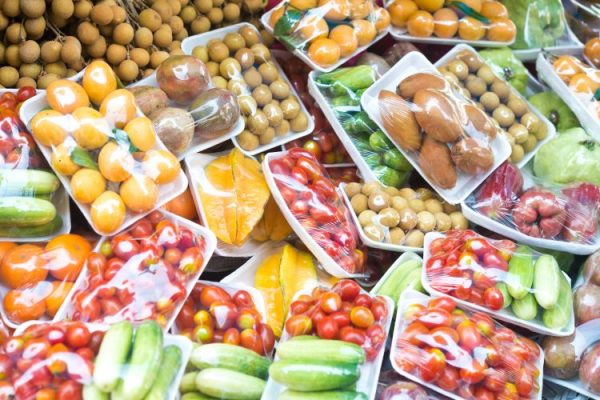
European packaged food industry facing crucial H2 new report says
According to Bloomberg Intelligence’s Europe Packaged Food 2021 Outlook, if inflation turns out to be transitory, the inability to boost volume and pricing simultaneously since 2015 remains in place, unless companies such as Nestlé and Danone can convince consumers to start eating away from home again where margins are higher.
Read more here…
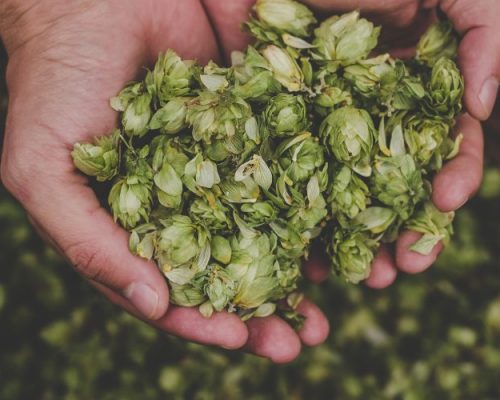
Scientists find a use for wasted hops not used to brew beer
Researchers from Japan have found a way to utilise part of the hop plant wasted during the beer brewing process, by forming cellulose nanofibers from the leftover biomass.
Everyone knows that hops are a key ingredient in almost every style of beer brewed around the world. Yet what might not be as well-known is the amount of wastage that can arise from the brewing process. Yet researchers from Japan have developed a way to use the remainder of the hop plant by upcycling that waste hop into cellulose nanofibers (CNFs).
In the past few years, craft beer-making has exploded in popularity around the world, including many beer styles that make use of many more and different types of hops than conventional commercial beers.
A traditional preservative in beer, hops also add a rich bitterness and impart floral or citrus aromas and flavours. As a result, hop production hit a record high in 2019.
Read more here…


